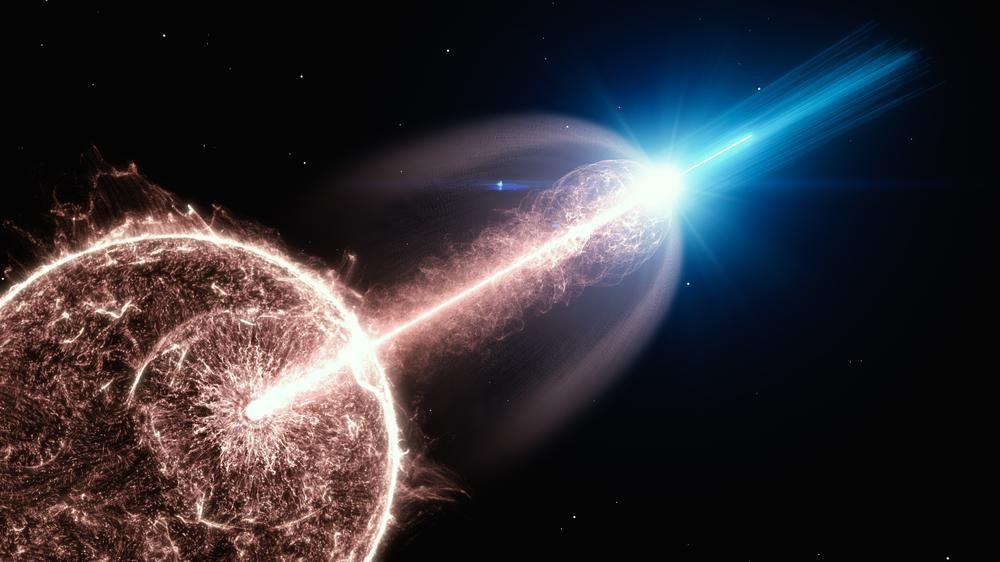The origin of humans has always been one of the ultimate questions in science. Ever since Charles Darwin wrote his book “On the Origin of Species,” paving the way for many scientists to reject the idea of divine creation, evolutionists have been trying to find a satisfactory explanation for how humans originated.
Darwin himself speculated that humans came from a last common ancestor in Africa. Since then, many similar explanations have been put forward. Several years ago, it was commonly held among scientists that Homo sapiens (humans) evolved in Africa about 200,000 years ago and gradually spread around the world in the last several tens of thousands of years.




